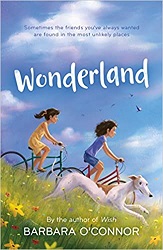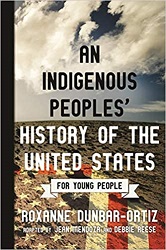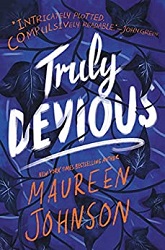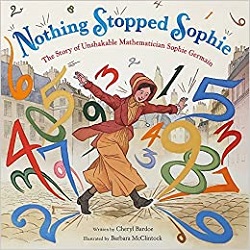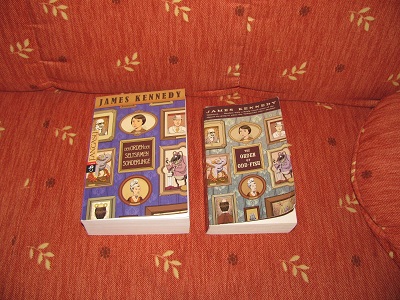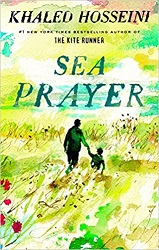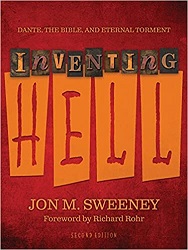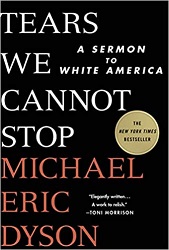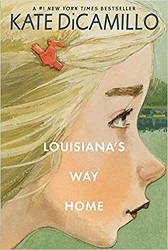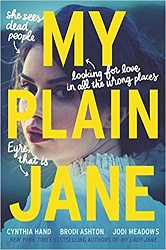Review of Wonderland, by Barbara O’Connor
by Barbara O’Connor
Farrar Straus Giroux, 2018. 282 pages.
Starred Review
Review written November 29, 2018, from a book sent by the publisher
2018 Sonderbooks Stand-out:
#5 Contemporary Children’s Fiction
Wonderland is an utterly delightful friendship story, with a charming dog rescue and friendship-with-elderly-gentleman plots thrown in.
Mavis and her mother are moving again. This time, Mavis is determined to have a best friend. Will they even stay in Landry, Alabama long enough? But her mother’s going to be working as a maid in a big home, and they’ll live in an apartment over the garage – and there’s a girl her age who lives in the house.
Rose is getting tired of how her former friend Amanda treats her. And she’s worried about Mr. Duffy, the gatekeeper, whose dog recently died. He just hasn’t been the same. And now her mother and friends are saying that he’s not doing his job well enough.
When Mavis moves in, their two worlds collide in wonderful ways. And there’s a stray dog living in the woods. Mavis is determined that Mr. Duffy needs a new dog. That will cheer him up and make everything better!
Rose is not so sure. Mr. Duffy says he doesn’t want another dog. And finding the dog would mean going into the woods and breaking rules.
There are some spats in their time together, and definitely some difficulties – but this ends up being a story of discovering a wonderful friendship that leaves both girls changed.
barbaraoconnor.com
mackids.com
Find this review on Sonderbooks at: www.sonderbooks.com/Childrens_Fiction/wonderland.html
Disclosure: I am an Amazon Affiliate, and will earn a small percentage if you order a book on Amazon after clicking through from my site.
Disclaimer: I am a professional librarian, but I maintain my website and blogs on my own time. The views expressed are solely my own, and in no way represent the official views of my employer or of any committee or group of which I am part.
What did you think of this book?
